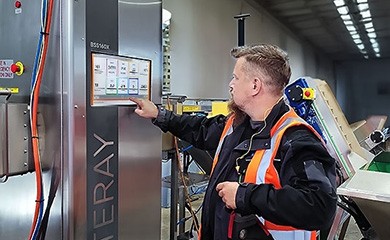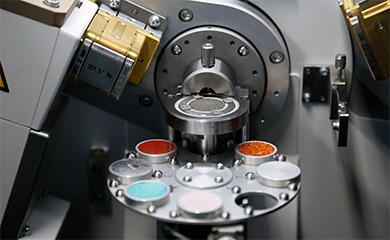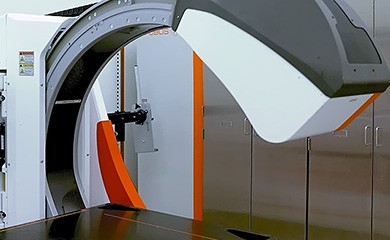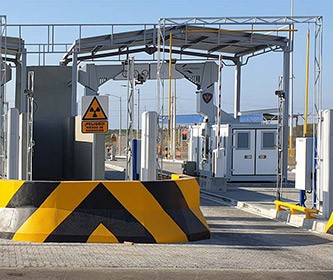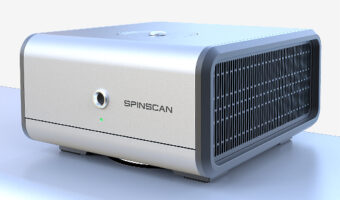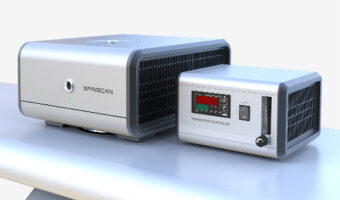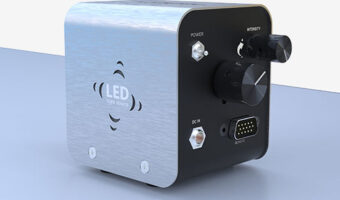Electron Paramagnetic Resonance (EPR) spectroscopy, also known as Electron Spin Resonance (ESR) spectroscopy, is a powerful analytical technique used to study paramagnetic species, molecules, or atoms with unpaired electrons. This technique has found increasing applications in food chemistry due to its ability to provide valuable insights into food products’ quality, safety, and authenticity.
The importance of food quality and safety
Maintaining the quality and safety of food products is crucial for public health and economic stability. Foodborne illnesses can have severe consequences, leading to hospitalization and even death. Additionally, maintaining food quality is essential for consumer satisfaction and preventing financial losses due to spoilage or product recalls.
Applications of EPR spectroscopy in food chemistry
EPR (ESR) spectroscopy offers a unique set of advantages for food analysis, including:
- Detection of free radicals and reactive oxygen species (ROS): food spoilage and oxidation are often associated with the formation of free radicals and ROS. EPR can detect and quantify these species, providing information about the oxidative state of food and its shelf life.
- Monitoring lipid oxidation: lipid oxidation is a significant cause of food spoilage, leading to rancidity and off-flavor development. EPR can be used to monitor the formation of lipid radicals during oxidation, allowing for the assessment of the oxidative stability of food products.
- Analysis of food additives and contaminants: certain food additives and contaminants, such as antioxidants and heavy metals, can be detected using EPR. This can help ensure the safety and authenticity of food products.
- Determination of food irradiation: ESR can detect and quantify free radicals produced during food irradiation. This technique can be used to verify whether food has been irradiated and to ensure that the irradiation process has been carried out safely.
- Study of food processing effects: EPR can be used to investigate the impact of various food processing techniques, such as heating, freezing, and irradiation, on food’s chemical composition and structure.
Advantages of EPR spectroscopy in food chemistry
- High sensitivity: ESR is highly sensitive to paramagnetic species, allowing for detecting even low concentrations.
- Specificity: EPR can provide specific information about the type and quantity of paramagnetic species in a sample.
- Non-destructive: ESR is a non-destructive technique that allows for the analysis of samples without altering their properties.
- Versatility: EPR can be applied to a wide range of food products and matrices.
EPR spectroscopy is a valuable tool for food chemists and scientists working to ensure the quality and safety of food products. Its ability to detect and quantify paramagnetic species provides unique insights into food spoilage, oxidation, and processing effects. As the demand for safe and high-quality food continues to grow, EPR spectroscopy is expected to play an increasingly important role in the food industry.

